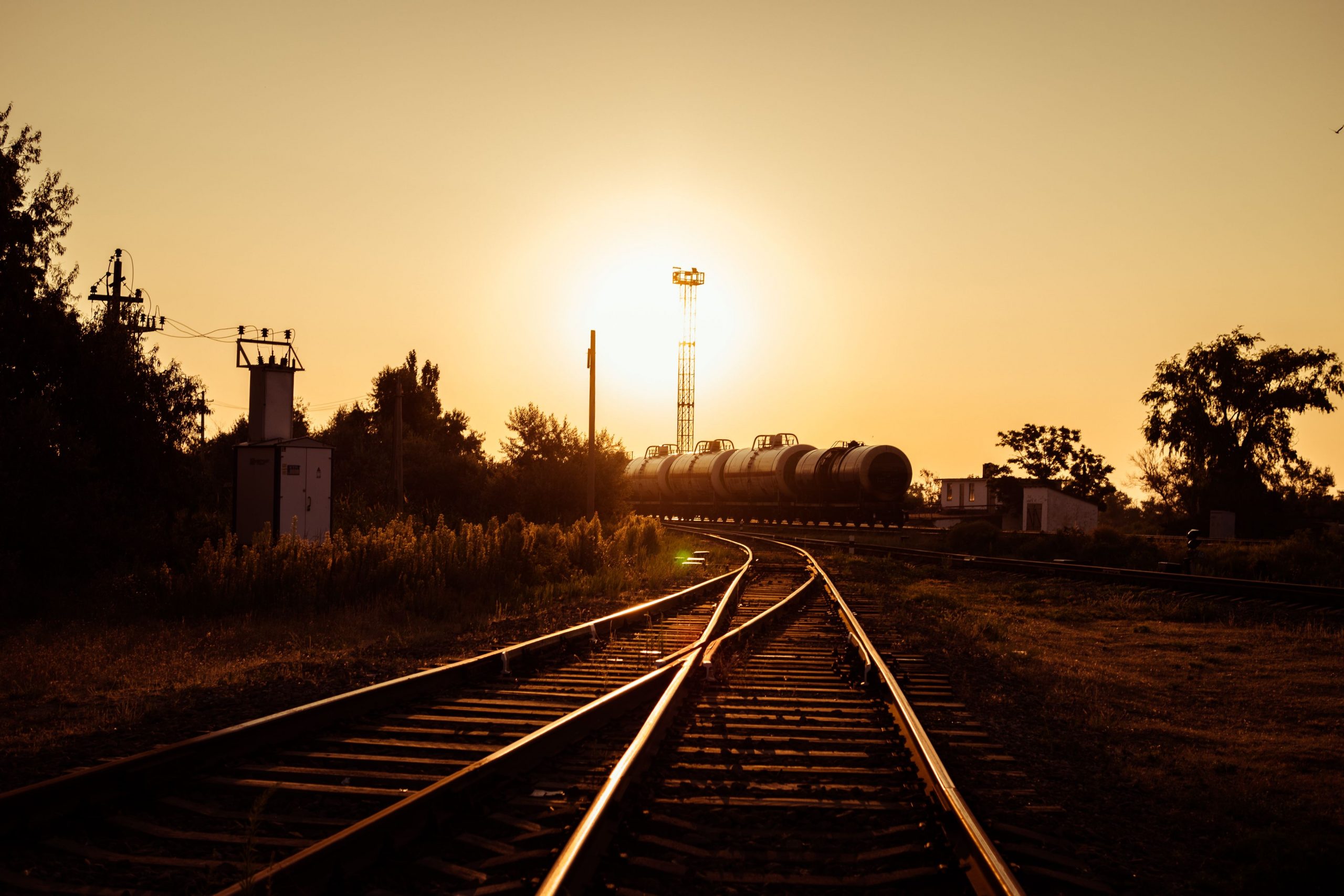
You have to take the weather factor into account when planning your Trans-Siberian trip. After all, you’ll be visiting some of the coldest regions of Russia, including Siberia. The weather in such locations can be unpredictable, and for that sole reason, it’s important that you plan your trip in advance. For instance, did you know about the melting snows from March to November?
In addition, if you wish to enjoy your Trans-Siberian trip in warm conditions, do so during June or September. At the same time, you can book your Trans-Siberian railroad tour around January/February for a delightful experience of all the Russian monuments and landscapes. Let’s discuss the most important factors that can affect your decision to book a Trans-Siberian trip to Russia.
Ideal Seasons for a Trans-Siberian Railroad Tour
Firstly, you should know that Trans-Siberian tours are available all year round. Only due to rare circumstances are these tours unavailable because a wide stream of international tourists pours into Russia for the Trans-Siberian railway trips every year. Here’s how the different seasons affect train trips in Russia.
Summer
Surprisingly, the July-August period is the most popular time to travel along the Trans Siberian railroad. It’s a major reason prices are higher compared to the rest of the year. Spending nights on the rooftops, looking over Moscow, or walking down the historical streets of Vladimir in summer are some of the best activities to try on a Trans-Siberian railroad tour. While snow makes it difficult to go trekking in the Altai Mountains, the summer season is the best time of the year to get on this popular activity.
Interestingly, you can go about any street and region during your Trans-Siberian railroad tour in the summertime.
· What Should You Pack?
Keep a light backpack, but not a light wallet, since the prices of most amenities are higher during summers. Traveling during this time will require that you pack light clothing items and heat protection. A majority of tourists prefer keeping insect repellant because mosquitoes are something to take care of in the wide Siberian region.
· Holidays
v Russia Day
v Nadaam Festival
v Horse-Riding Festivities
· Weather
During summer, the temperatures remain between the 20s-30s. However, due to heatwaves in the Gobi Desert, Mongolia can experience seriously hot weather conditions.
Autumn
If you don’t want to spend your time under the hot sun during July, you can wait for the early autumn period to begin. This is the time of the year when most of the crowd vanishes and takes off after enjoying the July-August summer Trans-Siberian railroad tour (https://www.transsiberianexpress.net/trans-siberian-rail-tours/). For nature lovers, the sight of “Golden Autumn” in Pushkin during early autumn and late summer is something to remember. The dense forests turn into stunning burning gold. During the autumn time, the weather remains pleasant enough to let tourists and local travelers stroll around the most prominent landscapes and beautiful monuments.
Like Bolshoi Theater, most troupes return from their summer tours around Europe to grant you the opportunity to visit the opening season events.
· Holidays
v Moon Festival
v Russian Day of Unity
v National Day
· Weather
While autumn’s short in Russia, it’s surely beautiful, according to expert travelers and locals. Remember that when temperatures drop mid-autumn or at peak autumn, Moscow can become an undesirable location to enjoy your Trans-Siberian railroad tour.
Winter
Winter highlights are the best in Siberia, whether you’re traveling on the Transsib trains or going on another adventure. The locals love going ice skating, especially in Moscow’s Red Square, during New Year’s. Although extreme cold and chilly breezes restrict many regions and areas to international and local tourists, the New Year’s and Christmas decorations are some of the best in Moscow and Vladimir. No one wants to miss the sparkling and gorgeous Lake Baikal in Irkutsk during the February-March period. In reality, for some Trans-Siberians, Lake Baikal is the main attraction. Some of them are even up for a cold swim during winter times!
· What Should You Pack?
Don’t forget to keep thick clothing items with layers over layers to protect you from the harsh, dry, and chilly weather conditions during extreme winter in Siberia. Although snowy mountain caps and lakes are mesmerizing, wearing thick boots and socks is extremely necessary for your health safety. Carry gloves, insulating pants, and warm shirts, along with thickly-padded coats.
· Holidays
v New Year
v Chinese Lunar New Year
v Christmas
· Weather
Since these are the coldest months, the temperatures rapidly drop below negative values. You have to remain well-prepared in advance for a winter trip through the Trans-Siberian railroads.
Spring
Who wouldn’t love to take the Rossiya Train during springtime and travel long distances from Moscow to Vladivostok, Harbin, and Beijing? Well, international tourists love exploring the lushness and scenic beauty of the Russian landscapes from Siberia to other Provinces. Inside the remaining thick piles of snow around Russian regions, there are mesmerizing green flowers and forests dangling with the aroma of fresh plantations. For a pleasant springtime trip and beautiful rushing rivers, thousands of tourists love to travel on Trans-Siberian trains during spring.
· Holidays
v China Labor Day
v Women’s Day
v Easter
· Weather
Temperatures aren’t quite ideal for most travelers because they keep fluctuating between positive and negative values. While most people assume that they will experience snowy blankets on mountain tops and around, they usually experience sudden blasts of cold.










